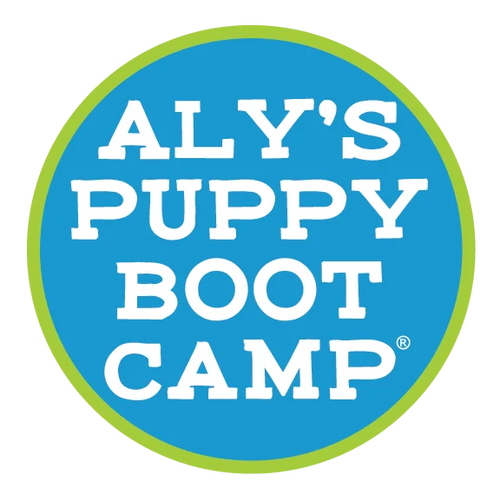Path to a Working Dog: Service, Emotional Support, or Therapy Work
When it comes to working dogs, the journey is as unique as the dog and handler team itself. Not every dog wearing a vest is a service dog, and not every beloved companion qualifies as an Emotional Support Animal (ESA) or Therapy Dog. Let's clear the air and guide you through the different roles, requirements, and paths to a successful working dog relationship.
Service Dogs
Service dogs are highly trained animals that perform specific tasks to assist individuals with disabilities. These aren’t just well-behaved pets – their role is legally defined by the ADA (Americans with Disabilities Act), and they must perform tasks directly related to the handler’s disability. A vest and a doctor’s note alone don't make your dog a service dog – the training and capabilities do.
At present, there isn’t a national test to officially designate a dog as a service dog, but industry standards can guide you. A great starting point is passing the AKC Canine Good Citizen Test and the Public Access Test, which assess obedience and behavior in public spaces. Beyond that, the dog should be trained to perform at least one task that significantly enhances its owner’s quality of life. My personal goal is to ensure every dog/handler team I work with is prepared for any future benchmarks our government might set.
Emotional Support Animal (ESAs)
ESAs provide comfort to their owners, often in the form of companionship and affection, which can be incredibly therapeutic for those struggling with anxiety, depression, or other mental health challenges. However, it’s important to note that ESAs aren’t granted the same public access rights as service dogs and don’t require the same level of training.
Therapy Dogs
Therapy dogs serve a different purpose altogether. These dogs work alongside their handlers to bring comfort and joy to others in hospitals, schools, and nursing homes. They’re often certified through various organizations and must exhibit calm, friendly behavior in a variety of environments. While they don’t have the same legal status as service dogs, their role in spreading happiness and offering emotional relief is invaluable.
The Road to a Reliable Working Dog
Service dog, ESA, or therapy dog training is a journey, not a destination. It requires dedication, time, and commitment. A robust foundation is key. Our training programs ensure that dogs are well-prepared for real-life experiences – whether it’s walking calmly on a leash, sitting quietly in a restaurant, or navigating public spaces like banks and stores.
And let's be real – this training process takes years of consistent practice. But don’t worry! We’ve got you covered, whether you choose to have me do all the hard work for you or you want to be directly involved in your dog’s development through our WORLD AMBASSADOR or DOODLE AMBASSADOR programs.
Personalized Support for Every Journey
We understand that life with a working dog comes with its own set of challenges. If you’re dealing with anxiety or mental health concerns, our team works closely with you to ensure you’re emotionally prepared for the responsibility of dog ownership. Plus, we help create a long-term care plan in case you're unable to care for your dog in the future.
Our goal is to help you anticipate and navigate the realities of dog ownership. Whether you’re training a service dog, ESA, or therapy dog, we provide ongoing support, practical advice, and personalized training to meet your needs.
Happy Clients, Happier Dogs
Here’s what some of our clients have to say about their experience with Aly’s Puppy Bootcamp:
“Grace had surgery on Tuesday and it has been a rough week for her (back and forth to the hospital after she was released). Yesterday, we ended up in the ER and she had to have a revision surgery. There was some infection at the site and her scalp had swollen over the post they put in her skull for her hearing aid to hook onto eventually. Through the week, Grace has wanted to be near Tanzi. Tanzi is such a good girl and I am so glad she can bring Grace comfort and happiness! Thanks again for selecting and training Tanzi for us. She applies DPT to Grace during all these procedures and its amazing the difference for Grace!” - Jacqulyn B.
“Jake is the best service dog in the world. He knows exactly when he needs to come to me and help me. I have found my soulmate and Elaine and I couldn't be happier. He passed all his skill tests with flying colors! You are your team are the best! Thank you for training excellent service dogs and finding just the right dog for the right person. You weren't kidding when you told me Jake woudl be a perfect match! He's been all that and so much more.” - John B.
Frequently Asked Questions
Q: What’s the difference between a service dog and an ESA?
A: Service dogs are trained to perform specific tasks that assist individuals with disabilities, whereas ESAs provide emotional comfort without the need for task-specific training.
Q: How do I know if a service dog is right for me?
A: If you have a disability that requires assistance, a service dog may be right for you. Contact us to discuss your needs and see how we can help.
Q: How long does the training process take?
A: Training time varies depending on the dog’s role and your needs, but most of our programs last between 2-3 weeks.
Contact Us
Have more questions? We’re here to help! Reach out anytime at support@alyspuppybootcamp.com or book HERE to chat! Our team is ready to assist with all your training needs.
For more info, check out our FAQs at www.alyspuppybootcamp.com.



